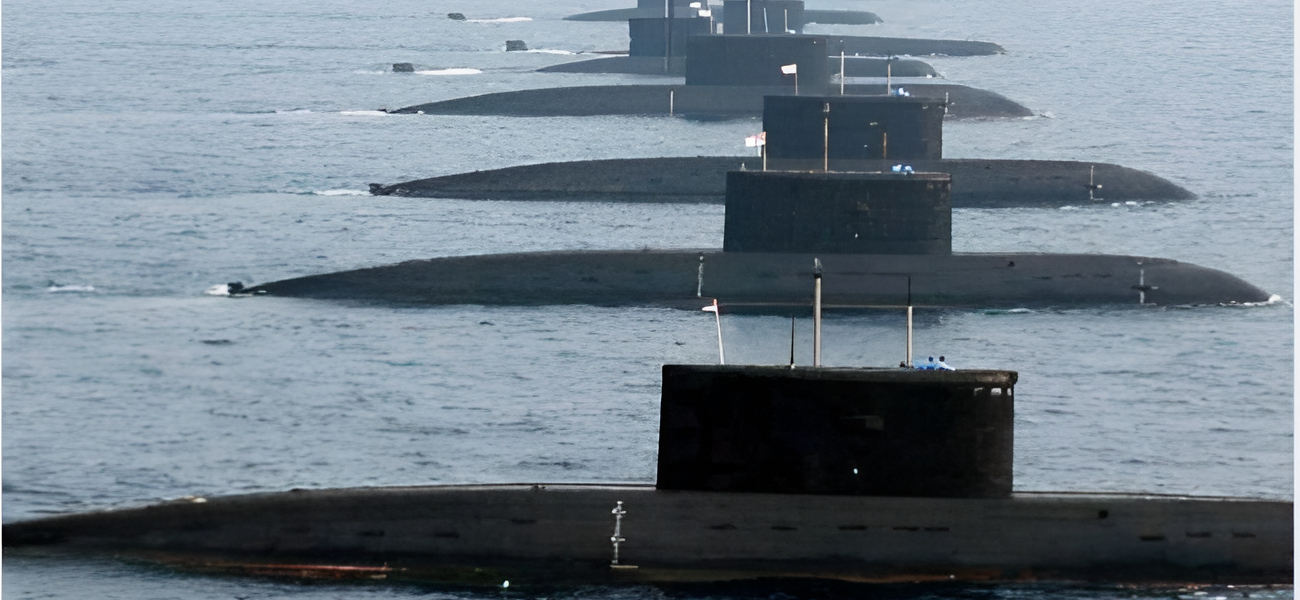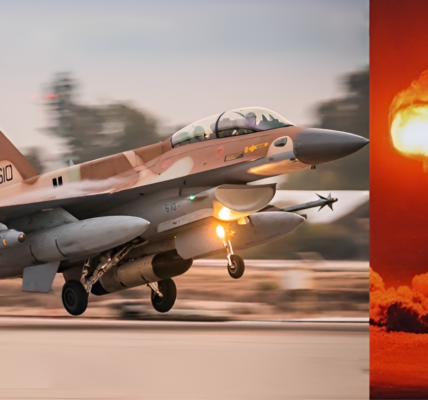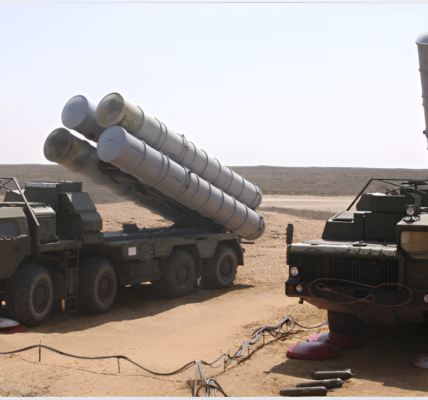
While the Russian Navy’s surface fleet continues to rely on legacy Soviet-era warships, such as the Kuznetsov aircraft carrier, Kirov and Slava Class cruisers, and Sovremenny and Udaloy Class destroyers, the service has shifted a significant focus towards modernizing its submarine fleet. Submarines, offering enhanced stealth and striking power, have become an increasingly central element of Russian naval strategy, with the country’s shipyards continuing to deliver advanced undersea vessels at a steady rate since the collapse of the Soviet Union.
Submarines are cost-effective powerhouses, capable of neutralizing much larger and more expensive surface fleets. They offer a strategic advantage due to their difficulty in detection and immense firepower. In line with this growing emphasis on undersea warfare, Russia has made significant strides in developing unmanned undersea systems. The most notable example is the Poseidon, an unmanned nuclear-powered submersible that can carry over 100 megatons of nuclear warheads, which has already entered frontline service as part of Russia’s strategic deterrent.
However, overshadowed by the Poseidon’s prominence, a potentially more impactful tactical weapon system is currently under development: the Cephalopod. This unmanned underwater vehicle has been in development since 2015 and could pose a direct asymmetric threat to the U.S. Navy’s nuclear-powered submarine fleet, the second largest in the world. The Cephalopod, equipped with lightweight MTT 324mm torpedoes, is designed for anti-submarine warfare, hinting at its intended role in hunting U.S. submarines.
The Cephalopod is especially significant in the context of Russia’s ongoing efforts to challenge the U.S. Navy’s supremacy at sea. With nuclear-powered submarines comprising the bulk of America’s undersea forces, the Cephalopod could serve as a disruptive tool against these mighty adversaries. The U.S. Navy currently operates the world’s largest nuclear submarine fleet by displacement, making it a key target for Russian innovations like the Cephalopod.
According to undersea warfare expert HI Sutton, the Cephalopod’s design stands out due to its large size compared to other unmanned vehicles. Its curving single propeller, resembling those on full-sized submarines, points to a focus on long endurance and stealth, rather than agility. Despite its size, the Cephalopod is equipped with thrusters that may enable it to hover, a feature likely to enhance its operational flexibility. This capability would make it an ideal predator in the depths, tracking and neutralizing much larger nuclear-powered submarines.
While its deployment timeline and specific numbers remain uncertain, the Cephalopod reflects a broader trend in Russian military strategy, particularly as the country faces economic challenges. With costly manned warships being less viable in these strained conditions, Russia may increasingly invest in cost-effective unmanned systems like the Cephalopod. These drones could significantly alter the balance of power in undersea warfare, providing the Russian Navy with a new, stealthy, and lethal tool in its efforts to counter American naval dominance.
As Russia continues to refine its undersea capabilities, the Cephalopod may soon become a key player in the ongoing naval arms race. While its ultimate impact is yet to be fully realized, its potential to challenge the U.S. nuclear submarine fleet signals a new era of asymmetric naval warfare.





